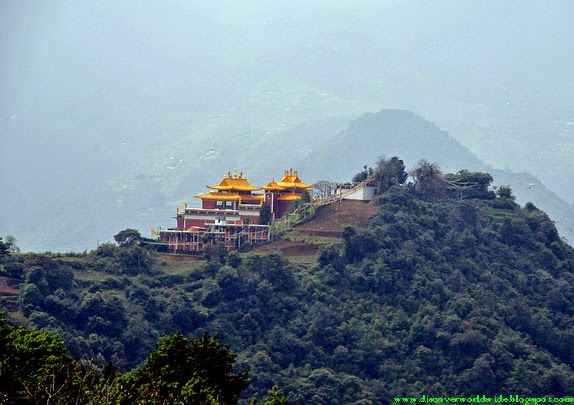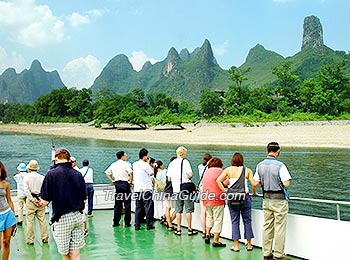Nagarkot is a village located 32 KM
east of Kathmandu, Nepal in Bhaktapur District in the Bagmati Zone. At the time
of the census conducted in 2011 it had a population of 4571 and 973 houses in
it. At an elevation of 2195 meters it is considered one of the most scenic
spots in Bhaktapur District. It is renowned for its sunrise view of the
Himalaya including Mount Everest as well as other snow capped peaks of the
Himalayan range of eastern Nepal. Nagarkot also offers a panaromic view of the
Kathmandu Valley.
Nagarkot is an international tourist
destination with spectacular views of the whole Langtang range, sunrise on the
mountains and sunset views.The scenic beauty of the place makes it a very
popular hiking route for tourists.
Located approximately 7000 ft (2000 m)
above sea level and 28 km from Kathmandu International Airport, Nagarkot is a
world famous hills station commanding breathtaking views of the majestic
Himalayas, rolling hills, deep valleys, lush pine forests in a quaint rural
atmosphere.
Considered as the best viewpoint spot
to enjoy the magnificent sunrise and sunset with spectacular Himalayan vistas,
Nagarkot commands one of the broadest views of the snow capped Himalayas in the
Kathmandu valley (8 Himalayan ranges of Nepal out of 13 from here). The ranges
include Annapurna range, Manaslu range, Ganesh himal range, Langtang range,
Jugal range, Rolwaling range, Mahalangur range (Everest range) and Numbur range
with splendid views of the Kathmandu valley and shivapuri national park.
Situated in a strategic location,
Nagarkot was an ancient fort of the Kathmandu valley to monitor external
activities of another kingdoms. Later, it became a summer retreat for the royal
family before becoming popular as an international hill station.
Air way is
the primary way to visit Nepal from other country. Transport Details Public buses are the main form of transportation
and are incredibly cheap, incredibly uncomfortable and tediously slow. The
buses to Nagarkot leave in every hour and is always packed. Buses leave almost
every hour for 40 NPR. The drive passes through the beautiful fields along
Bhaktapur and later pine forest until you get there. Or you can simply take a
small taxi (Suzuki Maruti) from Kathmandu, which costs about 2,000 NPR from the
tourist area of Thamel.
























